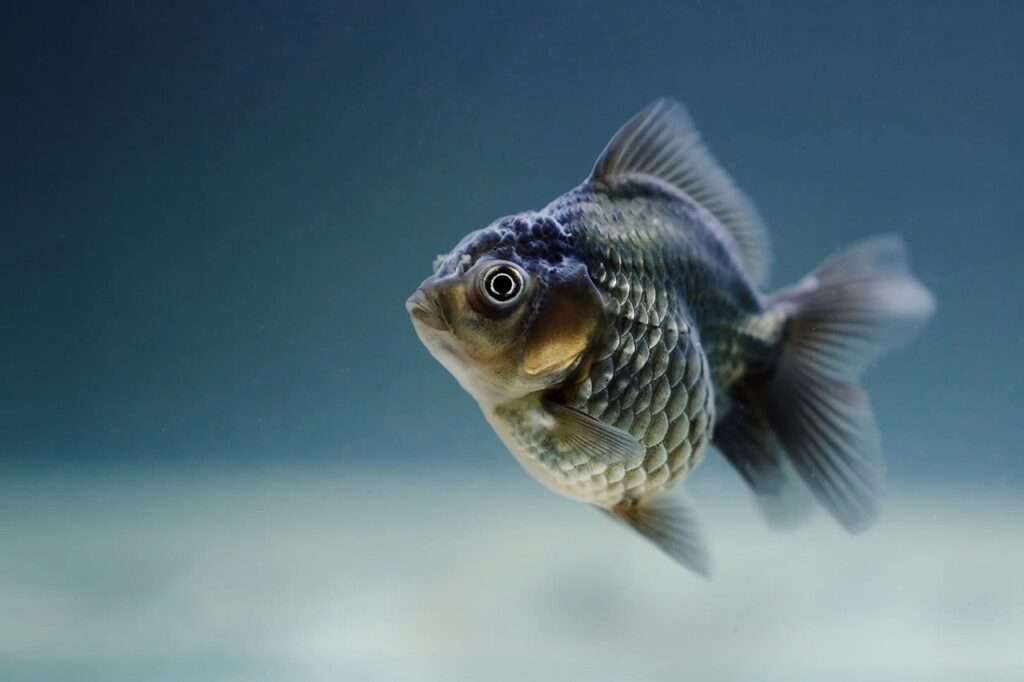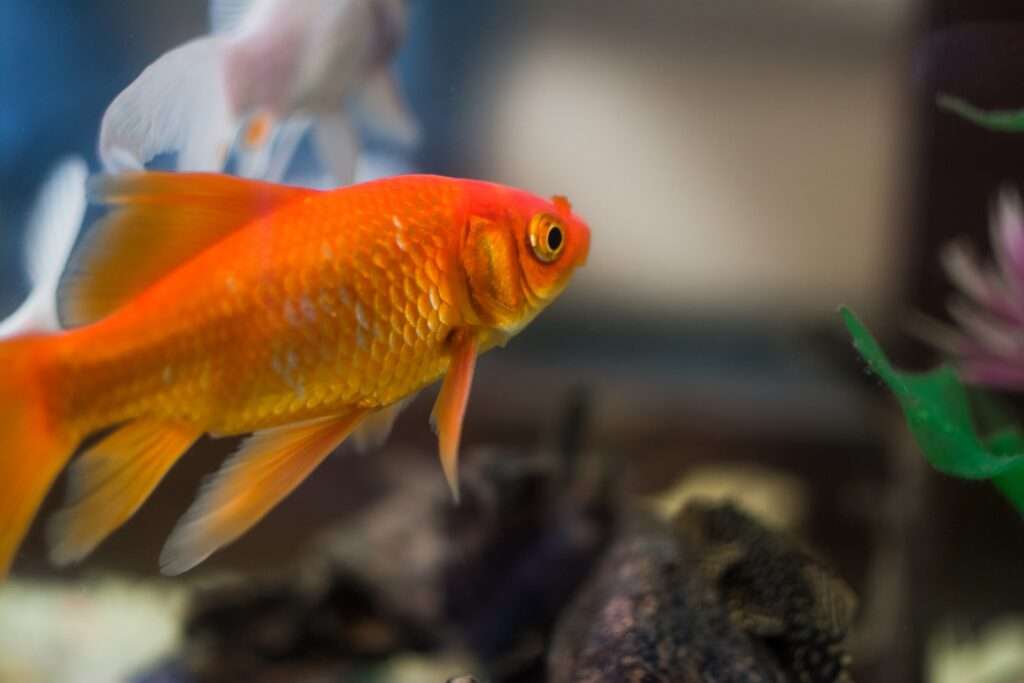Territorial behavior is a common occurrence in fish tanks that can have significant effects on the health and dynamics of the tank. Understanding this behavior is crucial for fish owners in order to provide a suitable environment for their aquatic pets. In this comprehensive study, we will delve into the various aspects of territorial behavior in fish tanks and explore the factors that affect it, its impact on fish health, and effective management techniques.
Territorial behavior in fish is defined as the defense of a specific area within the tank by an individual fish or a group of fish. This behavior is driven by various reasons, including the need to establish a feeding territory, protect breeding grounds, or assert dominance. Understanding the reasons behind this behavior can help fish owners better comprehend their fish’s needs and behaviors.
There are several common types of territorial behavior exhibited by fish. These include chasing, fin-nipping, aggression towards other fish, and the creation of specific territories within the tank. By recognizing these behaviors, fish owners can identify territorial disputes and take appropriate measures to manage them.
Several factors influence territorial behavior in fish tanks. The size and setup of the tank play a crucial role in determining the availability of territories for fish. A larger tank with sufficient hiding places and territories can help reduce aggression and territorial disputes. Additionally, the compatibility of fish species is essential, as some species are more prone to territorial behavior than others. Gender and mating habits also contribute to territorial behavior, as males may exhibit aggression towards other males during breeding season.
The quality of water and temperature can also affect territorial behavior in fish. Poor water quality and extreme temperatures can cause stress and aggression among fish, leading to territorial disputes. Therefore, maintaining optimal water conditions and temperature levels is crucial for minimizing territorial conflicts.
Territorial behavior can have detrimental effects on fish health if not properly managed. Stress and aggression resulting from territorial disputes can lead to poor feeding habits, malnutrition, and stunted growth and development. Additionally, stressed and aggressive fish are more susceptible to diseases and infections, as injuries from territorial disputes provide entry points for pathogens.
Managing territorial behavior requires careful attention and intervention. Providing sufficient space and territory for each fish, creating a diverse environment with hiding spots, and selecting compatible fish species can help alleviate territorial aggression. Regular monitoring and observations of fish behavior can also help identify and address any signs of territorial disputes. Intervention techniques, such as rearranging tank decorations or introducing new fish simultaneously, can help reduce aggression and establish a new hierarchy.
To help fish owners better understand territorial behavior in fish tanks, we have compiled a list of frequently asked questions and their answers. These questions cover topics such as identifying territorial behavior, reducing aggression through the provision of hiding places, and the possibility of completely eliminating territorial behavior.
In conclusion, understanding territorial behavior in fish tanks is crucial for maintaining a healthy and harmonious environment for aquatic pets. By recognizing the signs, managing aggression, and providing suitable conditions, fish owners can promote the overall well-being and longevity of their fish. Regular monitoring and intervention will ensure a peaceful and thriving fish community in the tank.









